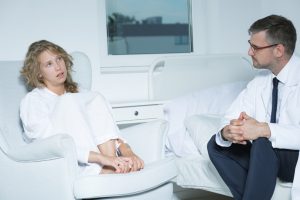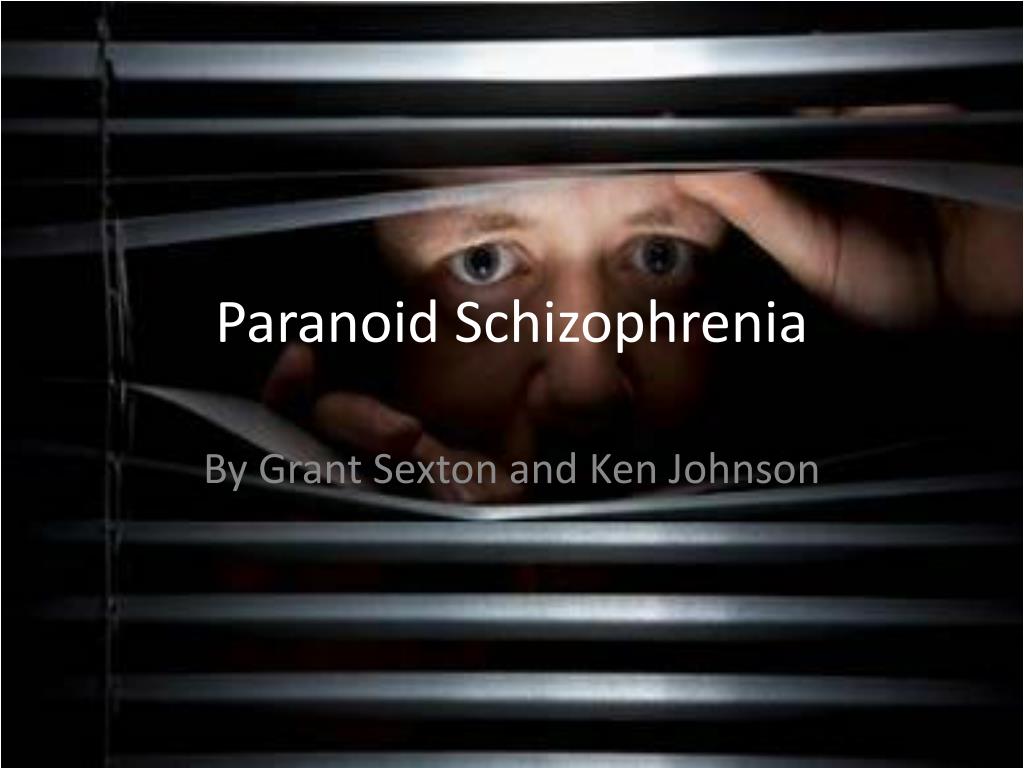

First-line treatment: second-generation antipsychotics (e.g., risperidone, quetiapine ), which are especially effective at treating positive psychotic symptoms.Acute manic episode: mood stabilizers (e.g., lithium, valproate, carbamazepine).Acute psychotic episode : short-acting antipsychotics.Initial response to treatment during the first 2–4 weeks is associated with a better long-term response.Avoid validation of delusions or confronting patients about the delusional nature of their symptoms.Acknowledge the patient's emotional state.Establish a therapeutic alliance when taking care of patients with delusions.Baseline QTc interval before starting antipsychotic.Presence or absence of metabolic syndrome.Blood tests, e.g., CBC, BMP, LFT, TSH, and fasting glucose.Rule out medical or substance use disorder by performing the following tests:.Brain imaging of patients with schizophrenia often shows cortical atrophy, decreased hippocampal and temporal mass, and enlargement of the cerebral ventricles.Medical or substance use disorder has been ruled out.Schizoaffective disorder and mood disorder with psychotic features have been ruled out.Symptoms must cause social, occupational, or personal functional impairment lasting ≥ 6 mon ths.The above symptoms persist for ≥ 1 month over a period of continuous disturbance for ≥ 6 months.Grossly disorganized or catatonic behavior.At least two of the following symptoms, at least one of which is from the top three :.Diagnostic criteria include (according to DSM-V): Schizophrenia is a clinical diagnosis.Adequate hydration and specialized nutritive support.Treat the underlying psychiatric condition with appropriate pharmacotherapy.Discontinue dopamine blocking drugs (e.g., antipsychotics ) only reinitiate after catatonia resolves.Second-line in case of inadequate response to benzodiazepine therapy.First-line for malignant catatonia and nonmalignant catatonia due to a mood disorder with psychotic features.Benzodiazepines (Intravenous or sublingual lorazepam ): first-line for all forms of catatonia.Malignant catatonia : fever, autonomic instability (e.g., tachycardia, tachypnea, abnormal BP, and sweating), rigidity, and delirium (resembles neuroleptic malignant syndrome ).Excited catatonia : excessive, purposeless movement in both the upper and lower limbs, restlessness, and impulsivity.Retarded catatonia : immobility, posturing, negativism (resisting external commands), staring, mutism.Drug adverse effects (e.g., antipsychotics).Catatonia associated with medical disorders.Catatonia associated with mental disorders.Definition: a behavioral syndrome characterized by abnormal movements and reactivity to the environment.Followed by flat affect, odd behavior, social withdrawal.Usually has features of more than one subtype.Delusions are predominantly of the paranoid type.Onset is usually before 25 years of age.Subtypes of schizophrenia according to DSM-IV (no longer in use) Metabolic abnormalities: hypertension, diabetes, hyperlipidemia.Neurological abnormalities: sensory disturbances and impaired coordination.Apathy : lack of emotion or concern, especially with regard to matters that are normally considered important.Anhedonia : inability to feel pleasure from activities that were formerly pleasurable or from any new positive stimuli.Alogia: impaired thinking that manifests with reduced speech output or poverty of speech (e.g., always replying to questions with one-word answers).Avolition: reduced or absent ability to initiate purposeful activities.Flat affect: reduced or absent emotional expression.Catatonia (See “Subtypes and variants” below.).Grossly disorganized behavior : an abnormal behavior characterized by inadequate goal-directed activity (e.g., purposeless movements) and bizarre emotional responses (e.g., smiling or laughing when inappropriate).Disorganized thought or disorganized speech: e.g., loose associations, word salad, tangential speech.Delusions, e.g., grandiosity, ideas of reference, paranoia, persecutory delusions.Hallucinations and/or illusions ( auditory hallucinations are most common ).Positive symptoms of schizophrenia Psychosis


Schizophrenia typically manifests with a prodrome of negative symptoms and psychosis (e.g., social withdrawal) that precedes the positive psychotic symptoms (e.g., hallucinations and bizarre delusions).


 0 kommentar(er)
0 kommentar(er)
